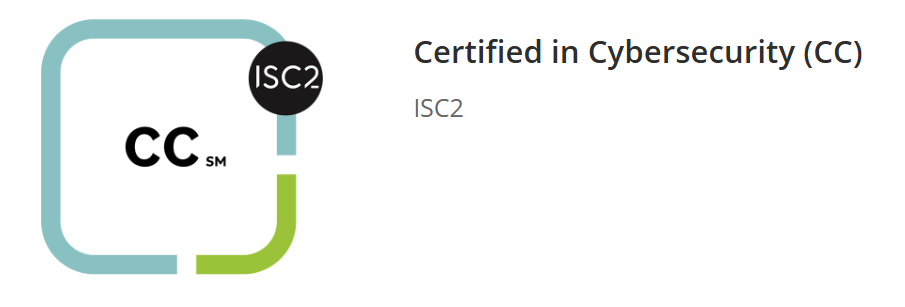Cyber Security
- Microsoft Azure Architect Technologies
- Microsoft Azure Architect Design
- Microsoft Azure Security Technologies
From Data Solutions Architecture to Cybersecurity: A Journey of Continuity, Not Transition

My first foray into Application Security dates back to 2003, when I developed the Authentication and Authorization module for an ASP.NET 1.0 web application used by the State of Maine’s Center for Disease Control & Prevention for Breast and Cervical Health Screenings. That early responsibility—designing secure password storage mechanisms and implementing encryption—instilled in me the fundamental principles of security-by-design. It also gave me an enduring appreciation for the importance of protecting data at its very source.
In the years that followed, across the various public-facing websites I built and maintained, the OWASP Top 10 remained my trusted reference for web application security. Yet, it wasn’t until March 2019 that I became formally embedded within a Cyber Security division of a multinational enterprise. There, I gained a deeper appreciation of cybersecurity at scale—particularly in the context of securing global digital estates.
My team’s focus on Vulnerability Identification exposed me to one of the classic challenges in cybersecurity: asset discovery. Applying my Data Lake Strategy expertise, I helped create a security-tool-agnostic “Know Your Estate” solution, enabling visibility across thousands of assets. By leveraging “heartbeats” from multiple systems, we were able to establish a truthful and dynamic view of active hosts, forming the foundation for measuring coverage of intrusion detection systems such as CrowdStrike, Qualys, and Microsoft Defender.
A security consultant and close friend later told me that such innovation—bridging data architecture with security operations—was rare, as many enterprises focus mainly on compliance. That observation became a turning point, inspiring me to specialize further in cybersecurity while continuing to operate as a Cloud and Data Solution Architect.
To formalize this growing expertise, I pursued and earned a series of Microsoft certifications between 2020 and 2021, including:
From 2022 to 2024, while serving in senior leadership roles, my involvement deepened to encompass the implementation of security controls across the organisation. This extended beyond technical measures such as tenant-level IAM tightening to include process-level initiatives—for example, Cyber Awareness Training for Joiners and Movers and Attack Simulation exercises using Microsoft Defender.
My most comprehensive cybersecurity experience came during my tenure as Chief Technology Officer (CTO), where I led the organisation’s journey toward ISO/IEC 27001 certification. The one-year preparation involved drafting and operationalizing numerous security policies and procedures, embedding core security principles into every layer of the business. This culminated in the company achieving full ISO 27001 certification—a defining milestone that validated both our practices and my understanding of cybersecurity governance.
Having accumulated practical, leadership-level experience in implementing and governing cybersecurity programs, I felt it was time to formalize my expertise through professional certification. This led to my successful completion of the (ISC)² Certified in Cybersecurity (CC) certification—an important step in consolidating my knowledge and aligning it with globally recognized standards.
Whist I am continuing to architect, implement and deliver big-data scale data solutions for AppSec, my goal is to progress toward the CISSP certification, not as a career shift, but as a natural evolution of my ongoing journey—integrating data, cloud, and cybersecurity into a cohesive discipline aimed at securing information systems holistically.